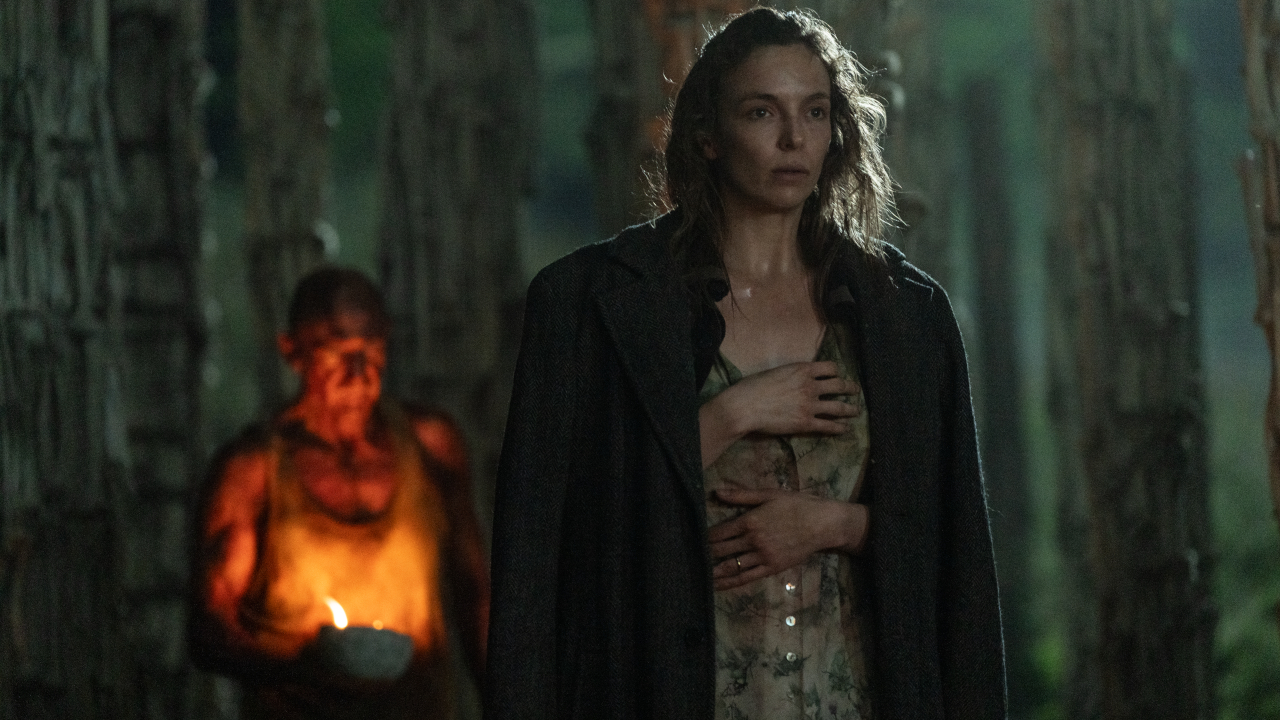Warning: Major spoilers for 28 Years Later follow. If you’ve yet to watch the new horror movie, please tread lightly.
I’ve watched a lot of the best horror movies over the years. Though they’ve made me cover my eyes in fear, hold my stomach in disgust, or caused me to bite my nails to the quick, I’ve never sobbed. Well, that changed when 28 Years Later opened on the 2025 movie schedule and blew me away with its emotional and thrilling journey about a mother and son attempting to make it through a land of rage-infected monsters while not losing their humanity.
Seriously, Danny Boyle and Alex Garland’s latest collaboration, which CinemaBlend scored perfectly in our official 28 Years Later review, is a tour de force of horror, thrills, and emotional moments that brilliantly touch on grief, redemption, and finding one’s place in the world (and what a mad, mad world it is). I don’t know why, but this is something I wasn’t really expecting to hit me the way it did…
the 28 Years Later trailer, reading about the opening half-hour of the long-awaited legacy sequel, and revisiting the first entries in the franchise, I was totally expecting this to be a thrilling horror adventure. With a world that looked like something akin to Mad Max in the United Kingdom, with hints of Robin Hood and multiple scenes of Aaron Taylor-Johnson’s Jamie and Alfie Williams’ Spike traveling into the quarantine zone, I was starting to piece together what I thought the movie would be long before sitting in my theater chair.
On one hand, yes, 28 Years Later is a thrilling horror adventure. It has hordes of infected (not to mention that not-so-modest alpha), it has the heroes using bows and arrows and knives to take out disgusting creatures, and it has some of the most intense chase sequences I’ve seen in years. However, it’s also something more than that. Something I wasn’t really expecting…
Ralph Fiennes), I had a feeling what was going to happen. The terminally ill mother, who was unknowingly suffering from cancer all along, was on borrowed time, and there was no other way for her story to end. Although we’ve seen this many times over the years, the way Boyle and Garland crafted the second half of the film—a story about making the tough decision to let go in order to grow—hit right in the chest.
scariest scene from a horror movie, but instead I’m here talking about a heartbreaking yet incredibly beautiful moment where a dying mother comforts her son and lets him know that it’s going to be okay. This is what really got me.
After journeying through hell and back in order to reach Dr. Kelson’s compound surrounded by the skeletons of hundreds, if not thousands of people, Isla learns that she has terminal cancer and nothing can be done except for her to die. Instead of suffering through her final days, the reclusive doctor gives Isla a more painless and dignified way out.
What follows is a gut-wrenching and powerful scene in which Spike (drugged with morphine to numb the pain of losing his mother) and his mother have one final embrace. The acceptance, the emotion, and the weight of the scene left me in tears. Having experienced the death of his mother, the boy was on his way to becoming a man.
Ralph Fiennes’ best performances with his take on Dr. Ian Kelson. Eccentric yet grounded, pragmatic yet gentle, the mysterious figure (hopefully, we see more of him in the upcoming sequel) provides some of the film’s best moments.
One of those comes shortly before Isla’s death, when Kelson tells Spike, “Memento Amoris,” Latin for “Remember, you must love.” In contrast to the whole “Memento Mori” scene, where the characters discuss the importance of knowing that one day all things will die, it serves as a wonderful reminder of the full spectrum of life. Having just gone through a personal loss weeks before the movie came out, this scene, which I haven’t been able to stop thinking about, was one of the most cathartic experiences I’ve ever had in a theater.
28 Years Later ending that really got me was the scene where Spike travels back to the island to drop off the baby his mother delivered from the infected woman on the train earlier in the movie. Naming the newborn girl, who was somehow not infected by the rage virus, after his late mother was such a powerful choice. Though his mother is deceased and her skull sits atop one of Kelson’s bone towers, her legacy lives on through the child who was born from death.
In this moment, Spike remembers the death of his mother but also the love they shared for one another, and his decision to bring the child to safety ensures that not only humanity survives but so too does his mother’s legacy.
Overall, 28 Years Later, with its great music callbacks, an admittedly terrifying look at global politics, and buckets of emotion, was one of the greatest cinematic experiences I’ve had, not just this year, but of all time. It’s a movie I won’t soon forget.

